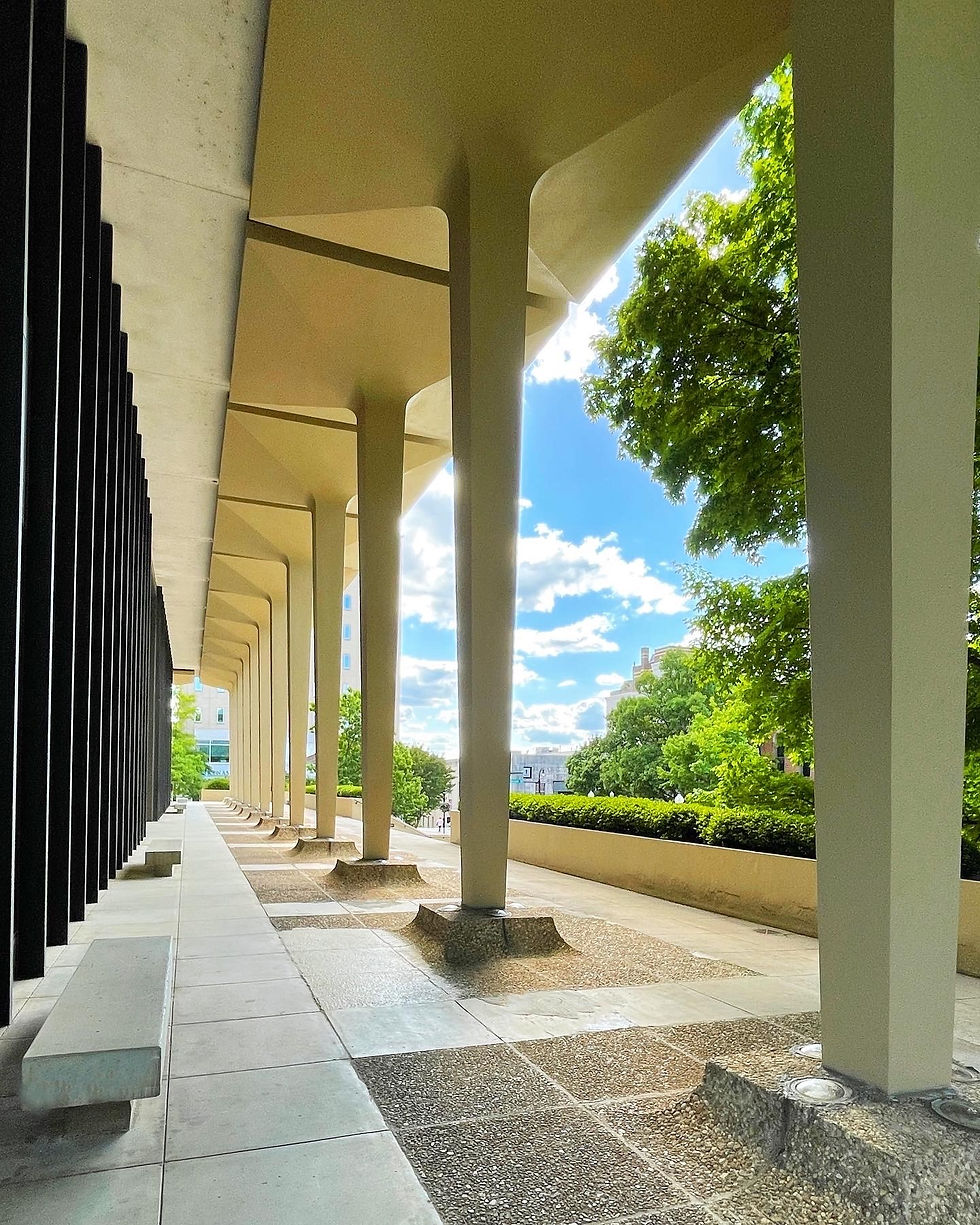Sloss Furnaces and The Magic City
- Southern Reverie
- May 10, 2018
- 3 min read
Deeply rooted in Birmingham history and Southern industrialization, Sloss Furnaces is a beautiful preservation of a time past and testament to those who labored here and helped build the Magic City.
Sloss Furnaces operated in Birmingham, Alabama from 1882-1970 and it was once the largest manufacturer of pig iron in the world. Sloss is the only twentieth-century blast furnace in the United States to be preserved and restored for public use. Sloss Furnaces transformed coal and ore from the surrounding land into pig iron to be used for steel. From New York City skyscrapers to Detroit automobiles, Sloss provided the materials needed.
The site is now a living history museum and has a nationally recognized metal arts and education program. What is most appealing about Sloss today is that it stands almost as it was, stunning in its industrial surfaces, broken glass, machinery, and weathered brick. There is a modern visitor center with historical information on Sloss and the people who ran it and labored there. You can then wander on your own amid the furnaces, engines, machinery, pipes, alleys, and corridors where men, who both hoped and struggled, worked under horrible conditions for long hours to advance the wealth of a few and the industrialization of an entire region.
Colonel James Withers Sloss, one of the founders of Birmingham, formed the Sloss Furnace Company in 1880. The first furnace blast was in April, 1882. Sloss Furnaces, along with long-term construction superintendent, James Pickering Dovel, earned national accolades for innovation through aggressive modernization and expansion. The current museum reflects elements from all the periods of the furnace’s growth.
For many years, Sloss was one of the only places in Birmingham where integration of whites and blacks was possible, though whites were given preferential jobs and higher wages. During the heyday, the company built 48 small houses for black workers and recent immigrants near the downtown furnaces, an area known as “the quarters.”

Because many of the workers were poor and desperate for employment, they would take dangerous risks, work in incredible heat, and stay on the job for long hours without breaks, holidays, or days off. Legend has it that under one foreman, James “Slag” Wormwood, 47 workers died in the early 1900’s which was ten times more than any other shift or foreman. Countless others were wounded so badly they could no longer work. It is said that in 1906 Wormwood slipped at the top of Big Alice, the highest blast furnace, and fell into a pool of melted iron ore. Many suspected that the workers delivered their own justice for years of cruelty, but no workers were ever arrested or brought to trial.
When it closed in 1971, Sloss was donated to the Alabama State Fair Authority for development as a museum of industry. But, this group considered the project impossible and made plans to demolish the furnace and sell the land. A group of Birmingham citizens fought to preserve this historical place and they succeeded. The Sloss Furnaces Foundation was formed for the preservation and development of the Sloss Furnaces through education, art, and research.

SLOSS FURNACES IN BIRMINGHAM, ALABAMA
Some say Sloss is haunted by old Slag and the workers he tortured. It was peaceful the day we were there. The oranges, browns, grays, ochres, and umbers were all muting together in such a lovely manner, it made us feel as if all that remained was the achievement of the furnace’s Magic City men.
































